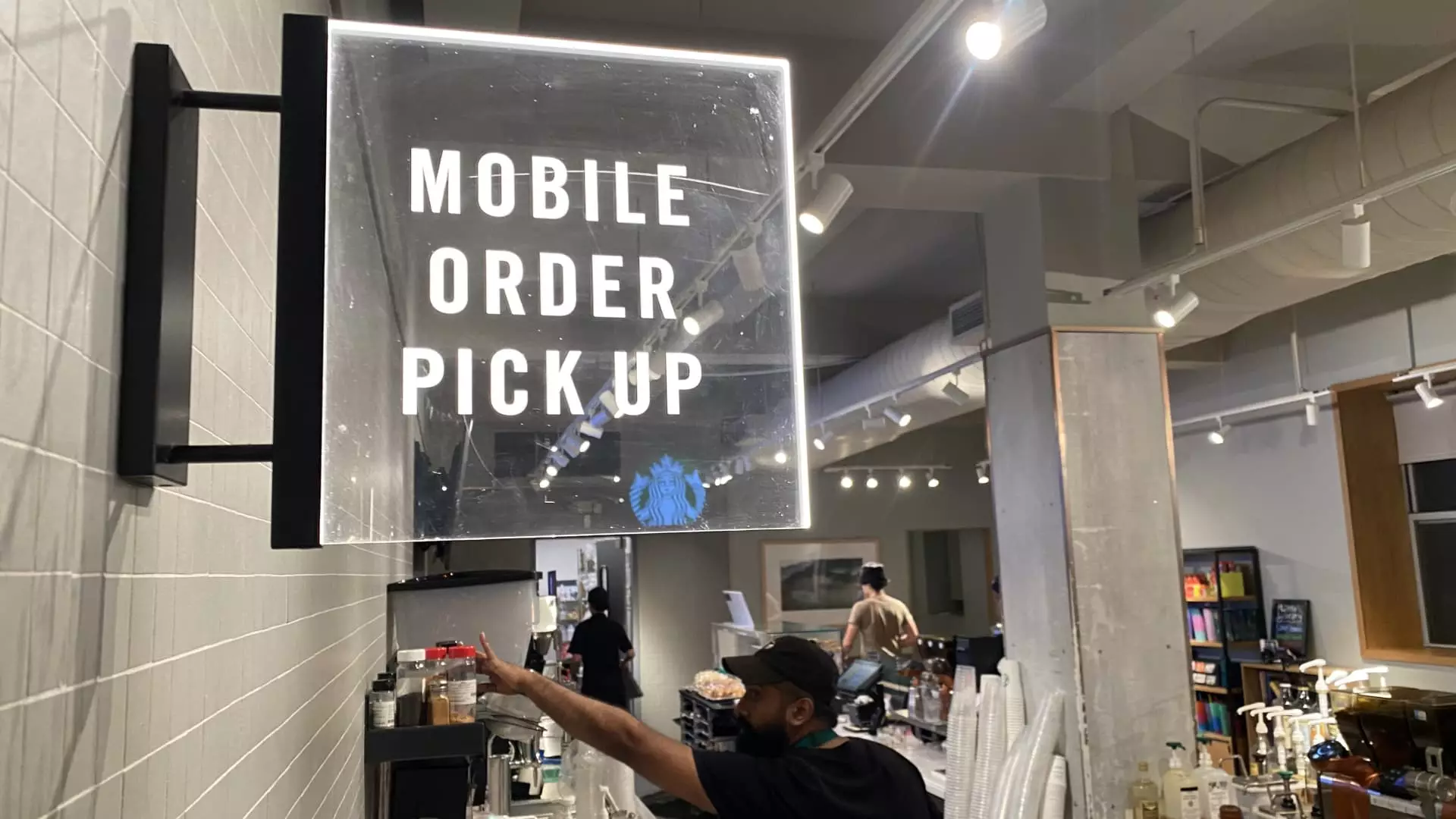Starbucks, a once-thriving coffee giant, has hit a rough patch in recent years due to a myriad of operational challenges, including issues with mobile orders. As incoming CEO Brian Niccol prepares to take the helm on September 9, he faces a daunting task of turning the struggling company around. With investors and executives pointing fingers at the operational inefficiencies as a major reason for the decline in sales, it is evident that addressing the mobile order challenges will be a top priority for Niccol.
Operational Issues with Mobile Orders
Mobile orders have become a significant portion of Starbucks’ total sales, accounting for roughly one-third of the revenue. However, these orders tend to be more complex and time-consuming for baristas. Add-ons like cold foam or syrups, while more profitable for Starbucks, take up more time to prepare, leading to frustration for both employees and customers. According to Robert Byrne, senior director of consumer research for Technomic, the issue lies in the store experience rather than the data.
Current CEO Laxman Narasimhan highlighted the struggle to meet demand in the mornings, causing long wait times and driving away customers. Even former CEO Howard Schultz experienced the chaos firsthand during a visit to a Chicago location. The mobile order inefficiencies have resulted in crowded counters and overwhelmed baristas, creating a negative experience for customers.
Lost Reputation as a “Third Place”
Starbucks, once positioned as a “third place” between work and home, has lost its reputation as customers increasingly rely on the convenience of mobile ordering. The shift in consumer behavior towards on-the-go consumption has not been adequately anticipated, leading to operational challenges within the chain. Schultz’s return as interim CEO in 2022 highlighted the need to invest in technological refinements to address the growing influence of the mobile app.
In comparison to Starbucks, Niccol’s current employer, Chipotle, has successfully navigated the shift to digital orders with a dedicated focus on operational efficiency. Chipotle’s investment in technology, including a second prep line for digital orders and drive-thru lanes for online pickups, has streamlined the ordering process. As digital sales continue to grow for Chipotle, Starbucks must also prioritize operational improvements to enhance the customer experience.
Both Schultz and Narasimhan have implemented initiatives to speed up service and improve baristas’ work experience at Starbucks. The introduction of new equipment and processes aimed at reducing bottlenecks and enhancing efficiency has shown some progress. The rollout of the “Siren Craft System” across North America and the implementation of features on the mobile app to track order progress are steps in the right direction. However, the slow pace of equipment installation and the need for more drastic measures to address operational challenges remain a concern.
As Niccol prepares to take on the role of CEO at Starbucks, addressing the operational challenges posed by mobile orders will be crucial for the company’s turnaround. By focusing on streamlining processes, reducing wait times, and enhancing the in-store experience for customers and baristas, Niccol has the opportunity to revamp Starbucks and restore its position as a leader in the coffee industry. With a strategic approach to operational efficiency and technology integration, Starbucks can overcome its current challenges and drive growth in the competitive market.

